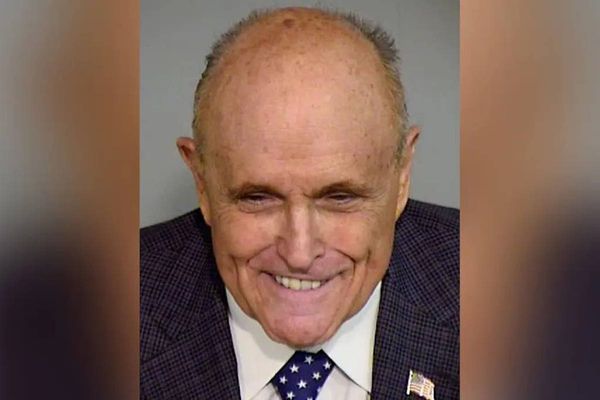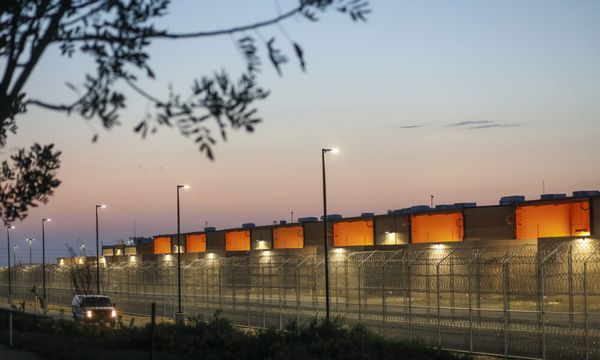
Australia’s dream run with near record low unemployment is tipped to end due to weaker household consumption, with the jobless rate expected to increase from 3.7% to 4.5% by mid next year.
That is the conclusion of the latest Deloitte Access Economics employment forecasts, which attribute economic slowdown in part to the delayed effect of faster-than-expected rate rises by the Reserve Bank of Australia.
The 4.5% forecast is broadly in line with the RBA’s forecast but is more pessimistic than Treasury’s assessment that tens of thousands more Australians would remain in work. In the May budget Treasury forecast a more modest rise in unemployment to 4.25% by the June quarter of 2024.
Despite 12 consecutive interest rate rises, Australia’s unemployment rate has so far risen only gently from 3.5% to 3.7%.
But the Deloitte report said “recent indicators suggest that broader economic weakness is finally creeping into the labour market”.
Deloitte expects the number of employed people to grow by just 1.4% (190,400 workers) in 2023-24 and 1.0% (141,900 workers) in 2024-25 – a “significant slowdown” from the 4.1% growth experienced during 2022-23.
“The outlook for the Australian economy has softened slightly in recent months,” the report said. “The RBA has increased interest rates by more than previously expected – that has added to cost-of-living pressures and weighed on forecast growth.”
Deloitte noted the March quarter showed household consumption had grown “at its slowest pace since Covid lockdowns in late 2021”.
“The rising cost of living has seen households cut back on non-essential spending and prioritise essentials such as housing, food, energy, health care and transport.”
While service industries such as healthcare, education, and accommodation and food services are tipped to remain strong, the blue-collar workforce is expected to “bear the brunt of the labour market slowdown”, with a decline of 0.5% (18,800 workers) in 2023-24.
Deloitte Access Economics partner and the report’s lead author, David Rumbens, said “broader economic weakness” would mean “there may be less opportunity for workers to negotiate on pay and conditions that have helped many households navigate inflationary pressures”.
Despite the cost of housing being one of the main drivers of inflation, Deloitte’s report noted that “falls in dwelling investment accelerated in early 2023”.
“This investment slowdown is occurring at exactly the wrong time, with an acute shortage of rental properties and soaring population growth causing rents to spike and property prices to rise,” it said.
“Deloitte Access Economics expects fewer than 180,000 dwellings to commence construction in each of 2023 and 2024 – well below the annual average of 205,000 over the decade to 2022.”
In July the Albanese government announced that the deputy RBA governor Michele Bullock would take over the top job when Phil Lowe’s term as governor expired in mid-September.
After projecting during the Covid-19 pandemic that interest rates would likely remain on hold until 2024, Lowe and the RBA copped criticism for waiting too long to begin raising rates in response to rising global inflation.
From May 2022, the RBA raised rates in 12 of 13 consecutive meetings, leading to fresh criticism that it had raised them too quickly in a move that could have pushed Australia into recession if not for migration helping keep growth afloat.
Lowe defended the rate rises as necessary to fight inflation and achieve a “fairly soft landing” for unemployment of 4.5%.
In June Bullock also sparked controversy by suggesting the jobless rate would have to rise to 4.5% to tame inflation, implying about 140,000 more people would be out of work. The treasurer, Jim Chalmers, defended her comments.
The Australian government expects growth to remain slow for one to two years, with risks on the downside due to slowing household consumption and a sluggish Chinese economy.







